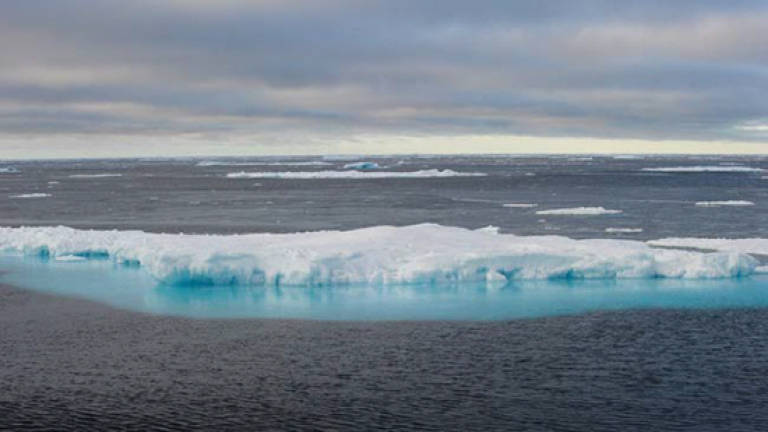'Death in the Ice': Story of an ill-fated Arctic expedition

LONDON: A new major London exhibition aims to solve the 170 year-old mystery surrounding the disappearance of British explorer John Franklin in the Arctic's icy waters.
"Death in the Ice" retraces Franklin's final expedition to discover the Northwest Passage linking the Atlantic and Pacific oceans, since its departure from Britain on May 19,1845.
Franklin and his 128 crew members were last seen in July of that year.
The two ships, the HMS Erebus and HMS Terror sunk in the Artic, and were only found in 2014 and 2016.
In a softly lit atmosphere – meant to evoke the Arctic's piercing cold – the exhibition will showcase some 200 items, many of which were recovered on the Erebus.
The ships' fate didn't become clear until 1859, when a vessel chartered by Franklin's widow came across a somber message on King William Island that revealed that Franklin and 23 crew members had died on June 11, 1847 in unspecified circumstances.
A year and a half later, stuck in the ice and having run out of supplies, the 105 survivors left the ships in an attempt to reach solid ground on foot, but none survived.
Striking photographs on display show the bodies of three of Franklin's crew members buried in the ice and still amazingly well preserved.
Canadian researchers in the 1980s said the remains of expedition members found on Beechey Island indicated they had died of cold, hunger and lead poisoning from canned food.
Beyond the archaeological treasures, visitors will also get to see the monumental work undertaken by the Parks Canada archeologists in 2014, after the discovery of the HMS Erebus.
Pictures and videos of Canadian divers finding the shipwreck in the Victoria Strait, off the coast of King William island, are shown in the last room, alongside the Erebus's gigantic bell.
"Death in the Ice" runs from July 14 until january 2018 at the National Maritime Museum. — AFP